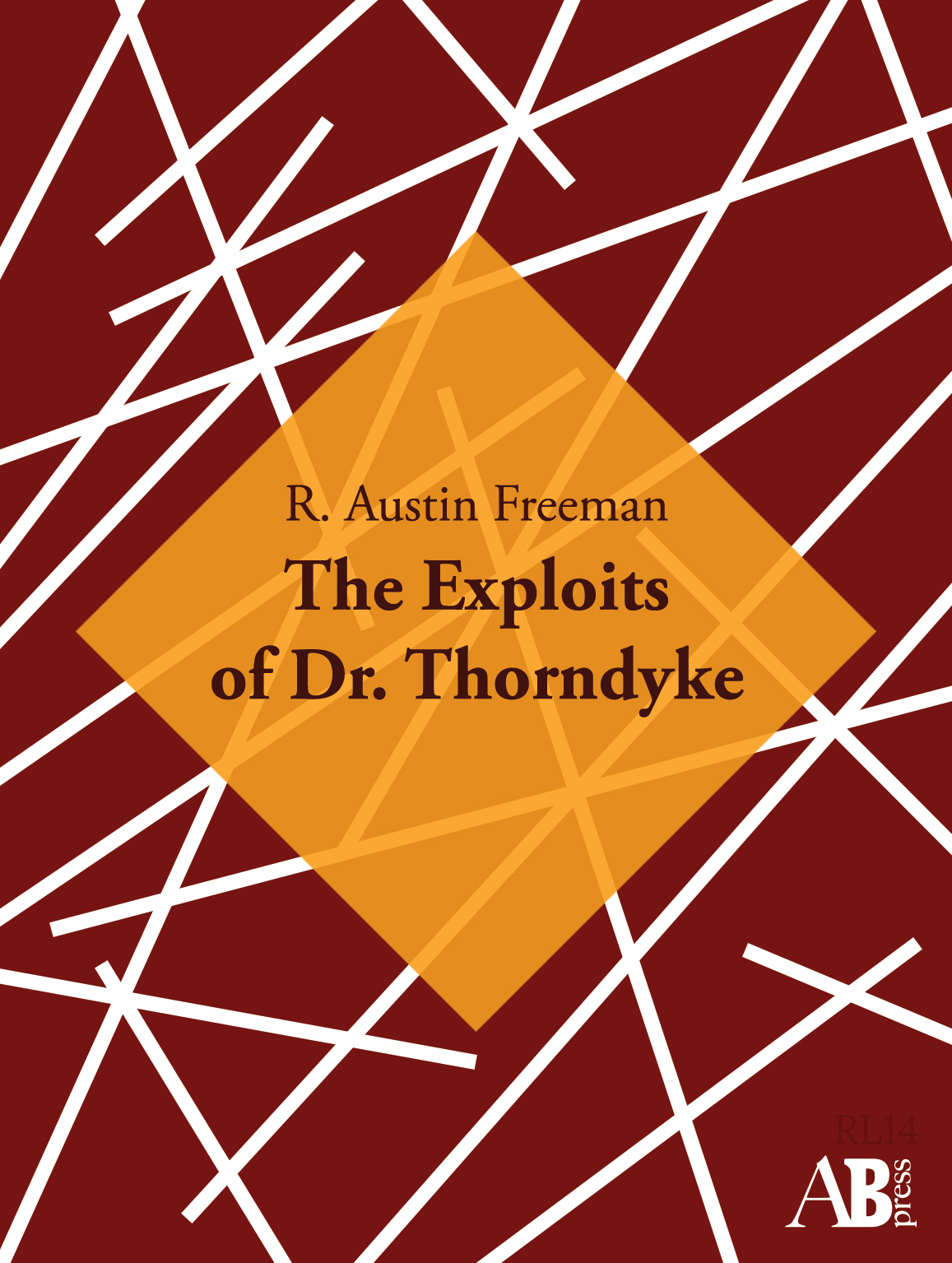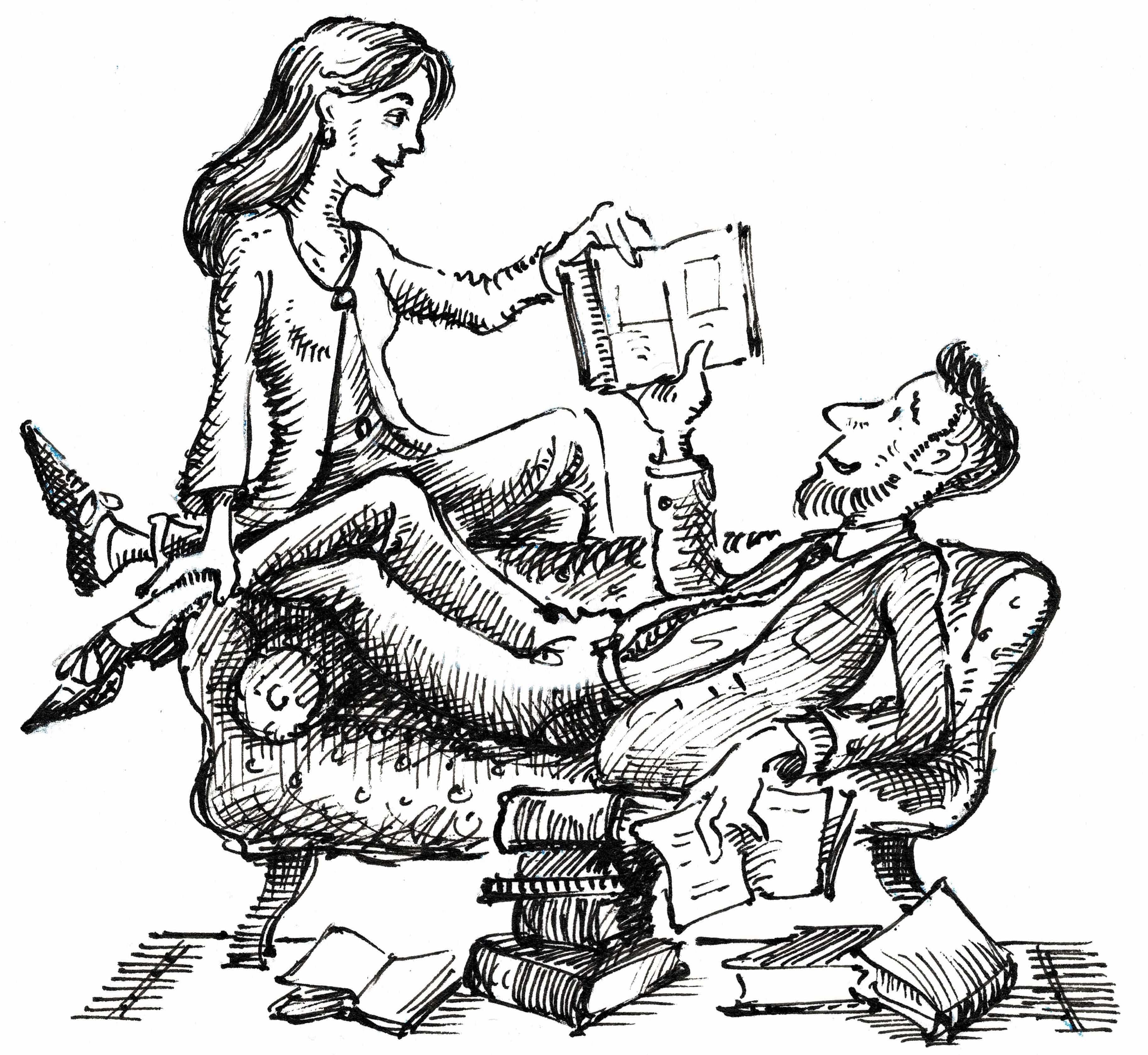Biography
RICHARD AUSTIN FREEMAN (1862-1943) trained first as an apothecary, studied medicine and qualified as a doctor in 1887. He enlisted in the Colonial Service, and many of his detective stories are based on his experiences. Many of his stories hinge on esoteric peripheral medical knowledge or arcane points of scientific study.
Freeman started to write fiction in the early 1890s when he was unable to obtain a permanent medical position. His first stories were written in collaboration with John Jame Pitcairn, a medical officer at Holloway Prison, under the pseudonym of Clifford Ashdown. Freeman’s first story with Dr. Thorndyke as its hero, The Red Thumb Mark, was published in 1907, although an earlier story had been started two years earlier but not published until later; the last appeared in 1942. Twenty-one novels followed with paced regularity, and five collections of short stories.
Dr. Thorndyke had chambers at 5A Kings Bench Walk, and his trusty sidekick was Dr. Christopher Jervis; in the later tales Thorndyke has a working class lab technician, Polton, who often gave a tour de force courtroom testimony.
The ‘inverted detective story’ was Freeman’s creation, or so he claimed in 1912 upon publication of The Singing Bone, the first collection of short stories covering Dr. Thorndyke. Sometimes referred to as a ‘howcatchem’, the crime is delineated at the beginning of the text, most often with the identity of the perpetrator made clear; thereafter the detective’s attempts to solve the mystery are portrayed. In an essay, The Art of the Detective Story, which served as an introduction to a novel in 1941, Freeman wrote: “Some years ago I devised, as an experiment, an inverted detective story in two parts. The first part was a minute and detailed description of a crime, setting forth the antecedents, motives, and all attendant circumstances. The reader had seen the crime committed, knew all about the criminal, and was in possession of all the facts. It would have seemed that there was nothing left to tell. But I calculated that the reader would be so occupied with the crime that he would overlook the evidence. And so it turned out. The second part, which described the investigation of the crime, had to most readers the effect of new matter.”
Raymond Chandler wrote to Freeman’s publisher, Hamish Hamilton: “This man Austin Freeman is a wonderful performer. He has no equal in his genre, and he is also a much better writer than you might think, if you were superficially inclined, because in spite of the immense leisure of his writing, he accomplishes an even suspense which is quite unexpected … There is even a gaslight charm about his Victorian love affairs, and those wonderful walks across London …”




